Classic cars in the digital age – Engine monitoring with hoots
Historic vehicles coupled with modern technology – the fahr(T)raum Ferdinand Porsche Worlds of Experiences demonstrate how this works, with the hoots classic sensor systems.
Hoots is a system that displays engine data on a mobile phone in real time, by means of sensors installed in the classic car – effectively a “digital jacket for the analogue heart.” Via Bluetooth, up to 12 sensors deliver not only live data on the oil pressure, rev. counter, alternator regulator, temperature and battery charge but also warnings in case of limit values or risk of theft (shaking, door opening).
Via the hoots app and the hoots cloud the data can be permanently saved and recalled. Trips are listed by the day, and extensive statistics allow accurate analysis.
fahr(T)raum uses modern sensor technology made in Germany.
Even the fahr(T)raum team uses the hoots technology for operation and maintenance of the excursion vehicles. Nine classic cars, which can also be booked for excursions, already have hoots installed.
Max Lampelmaier, owner of car dealership Ford Lampelmaier in Mattsee and former Austrian rally champion, maintains the museum’s classic cars and explains how the sensor technology is used: “The main focus is on the technical area. Continuous monitoring of the oil pressure, temperature and rev. counter enables us to react and prevent damage. When you press the hoots central switch, you also activate the theft protection. From the data recorded in the hoots cloud, you can investigate subsequently, e.g. in case of an accident, the speed at which the accident happened or even how many kilometres were driven.”
Book an excursion in a fahr(T)raum classic car up to 100 years old and gain even more insights into the technology, operation and maintenance of historic vehicles on a tour of the beautiful Salzburg lake district!

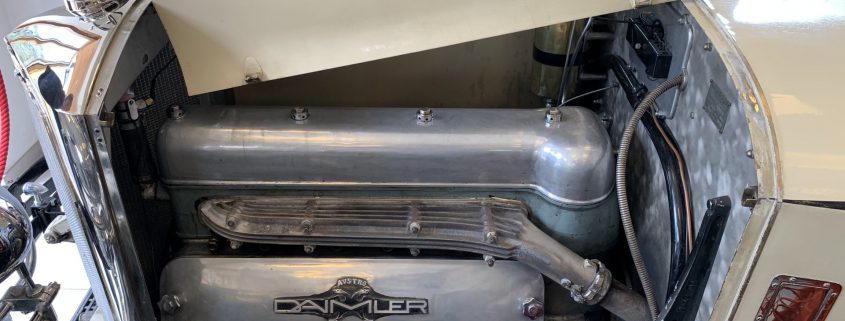
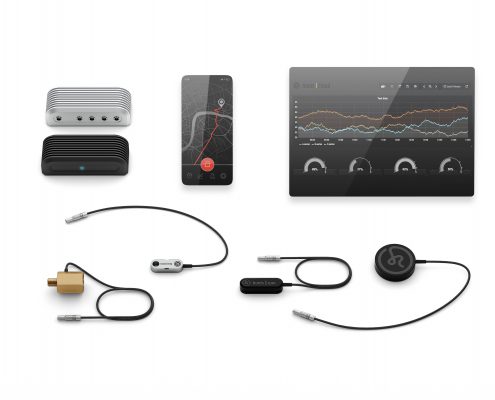
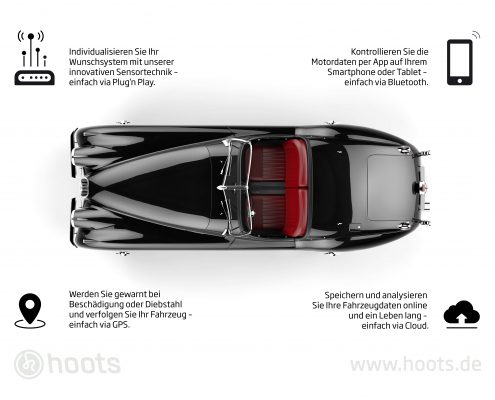
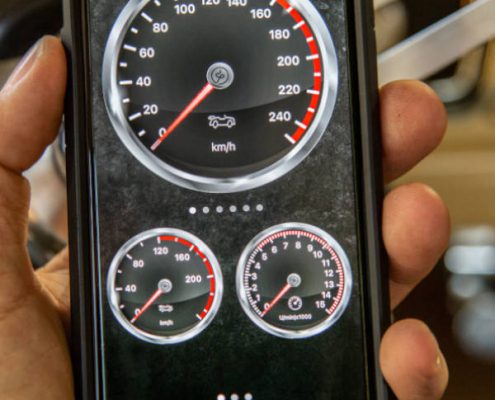
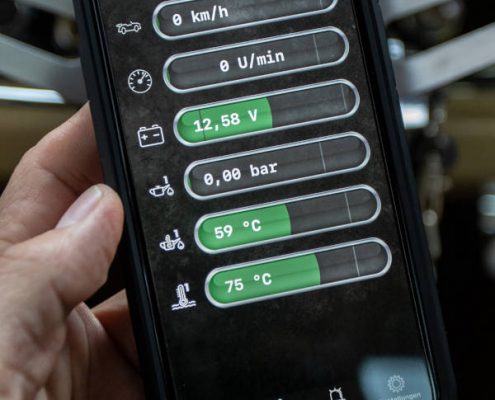
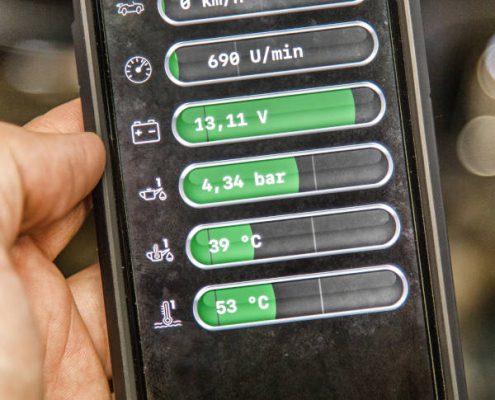
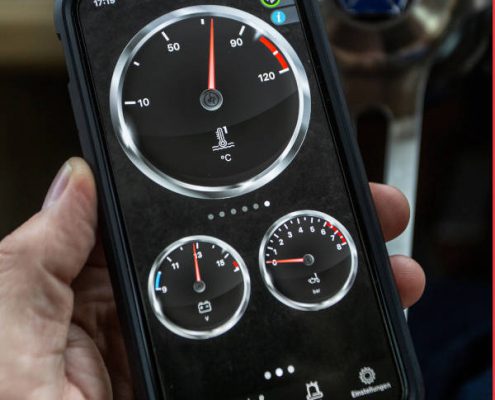
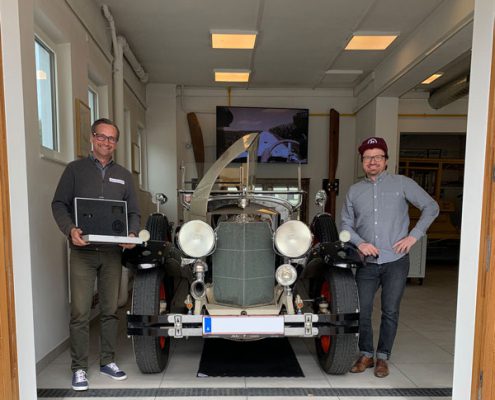
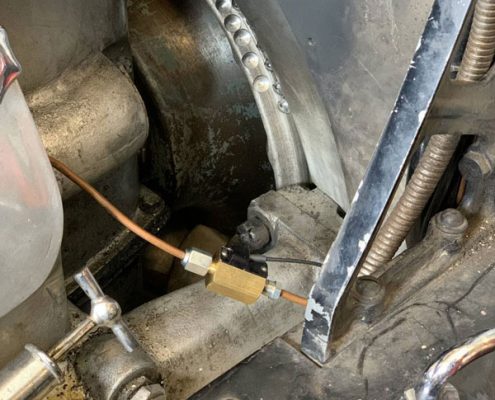
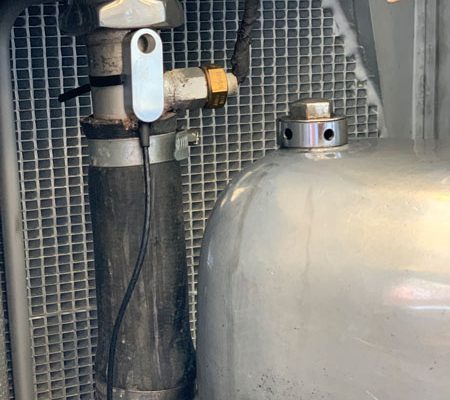
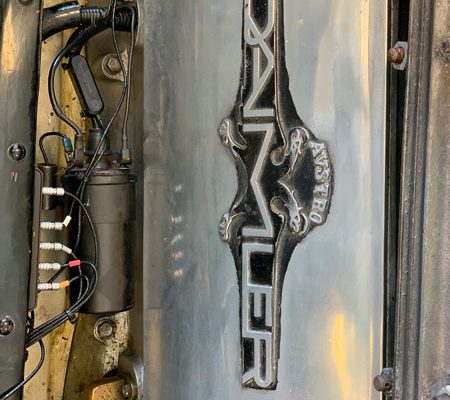





Original 1949 Porsche Konstruktionen GesmbH (Gmünd) water turbine now in fahr(T)raum
/w Bez kategorii, Geschichte, Lebensstationen, MotorenIn the years between 1944 and 1950, the Porsche works in Gmünd/Carinthia, which operated under the name Porsche-Konstruktionen-Ges.m.b.H., produced not only the Porsche 356 No. 1 Roadster but also designs for racing cars, tractors, cable winches, ski lifts and crossflow turbines. The Type 291 crossflow turbine – on loan from the Porsche Automuseum in Gmünd […]
Automobile advertising of the 20s and 30s
/w Bez kategorii, Geschichte, SonderausstellungHow were cars advertised in the 20s and 30s? How was society made aware of new achievements in the automotive industry and the brands behind them and persuaded to buy motor vehicles? In the Ferdinand Porsche Worlds of Experience, a special exhibition answers these questions and provides insights into the first advertising subjects, their creators […]
The first motor vehicle registration plates – A history of Austrian licence plates
/w Bez kategorii, GeschichteEven when hackney carriages were still the only means of inner-city transport, an ordinance from 1756 stipulated number plates for these horse teams – for a better situational overview. The so-called „unnumbered” were an exception. In Vienna, it was considered particularly genteel to drive such an unnumbered carriage. „identification mark” / licence plate for automobiles […]